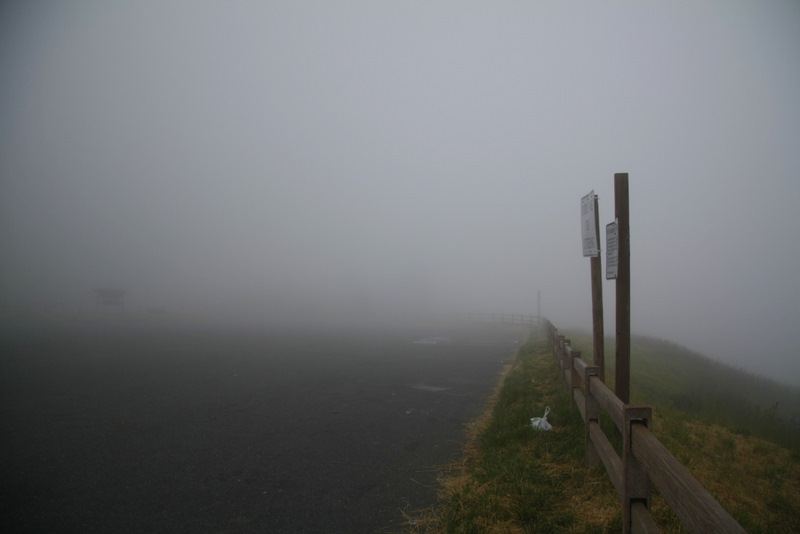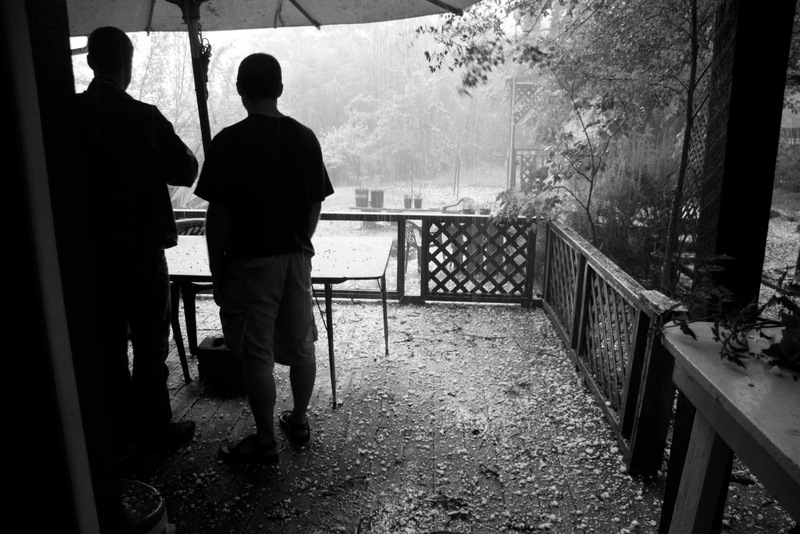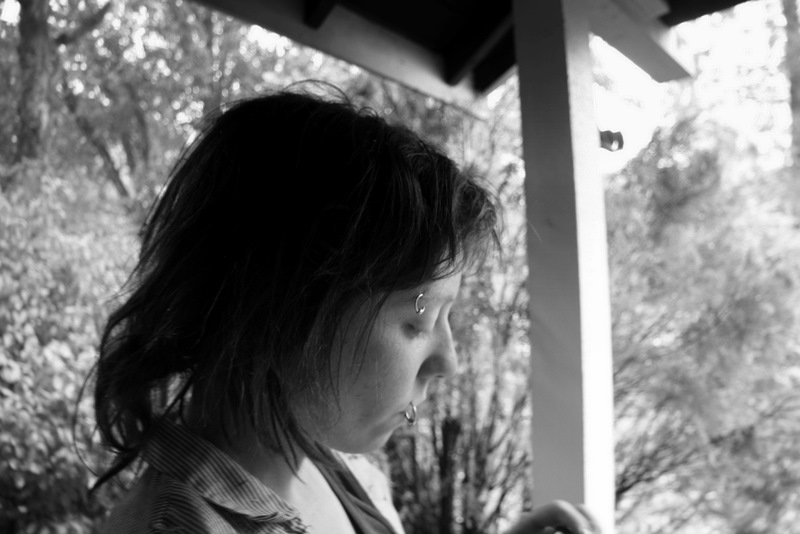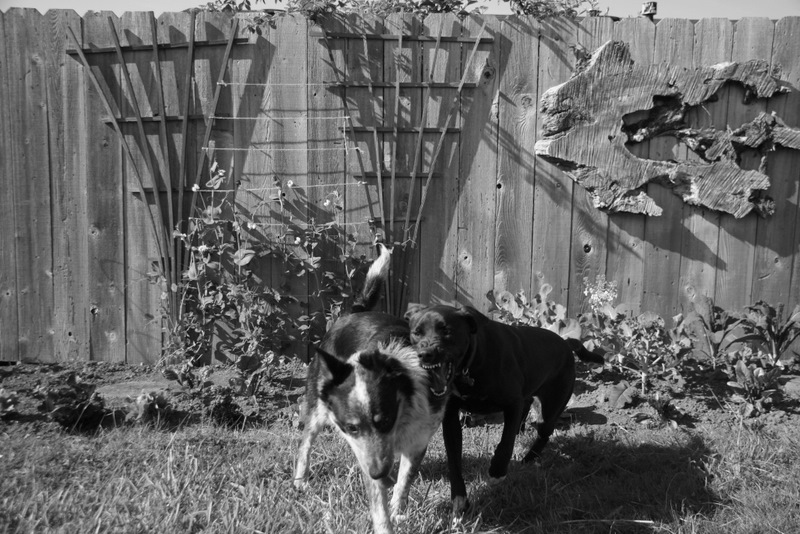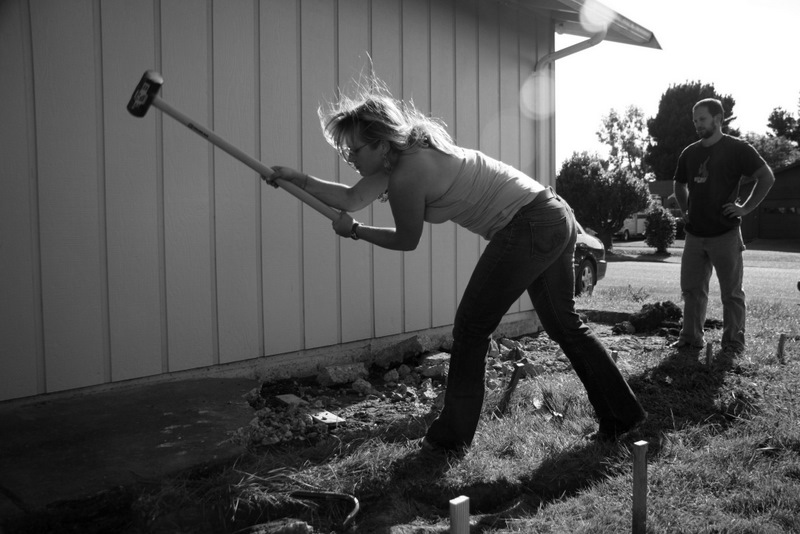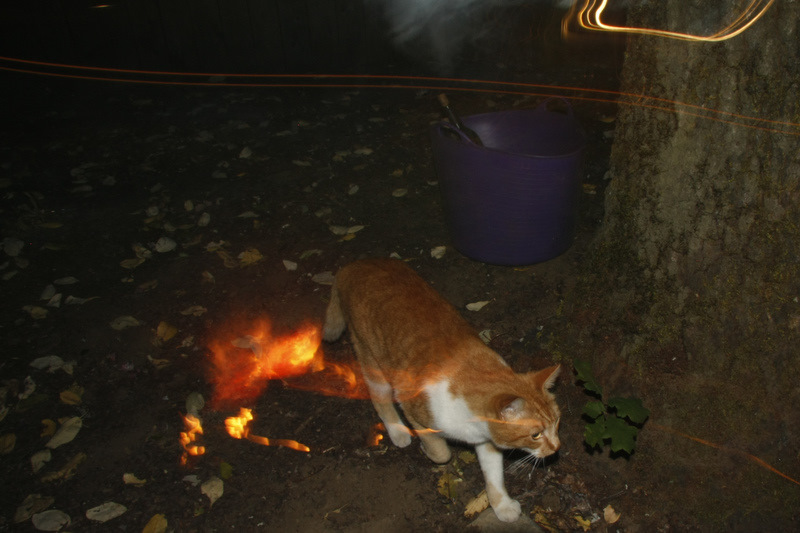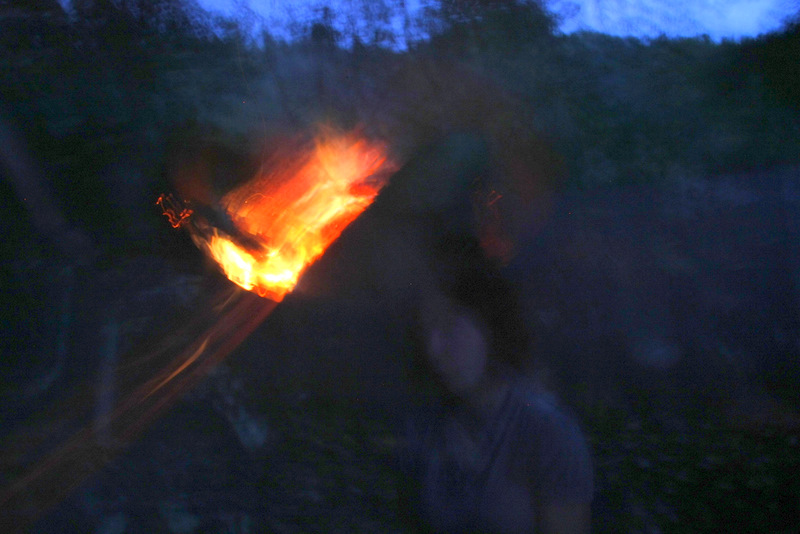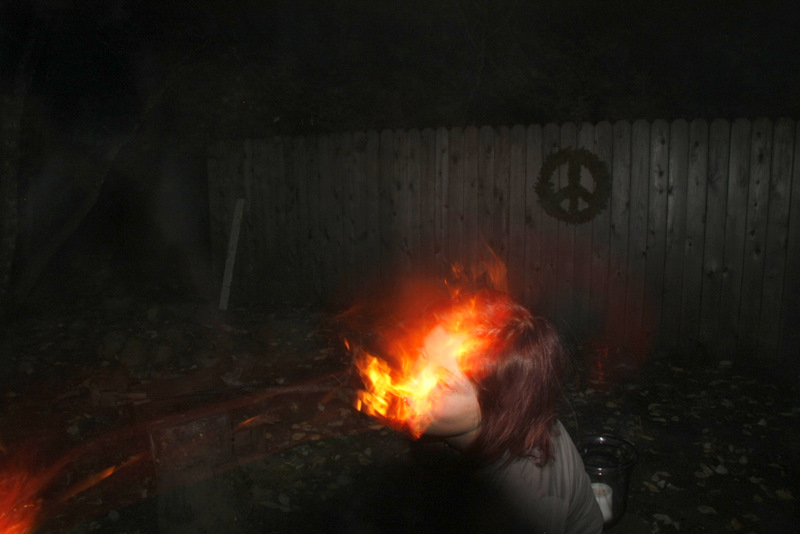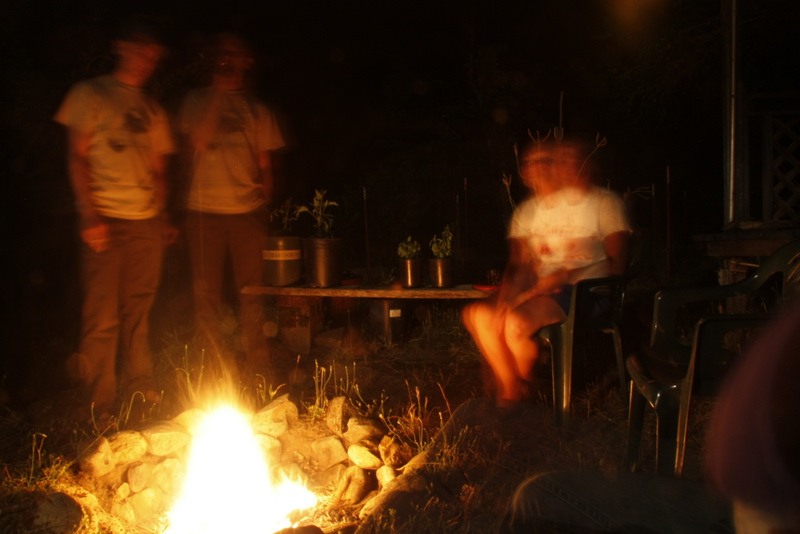The Olm
 There are an infinite number of species alive on Earth at this very moment. Evolution is an interwoven quilt of life, no part more or less significant to the large scheme of things, to the beauty and essence of life as a whole. We all possess unique ways of adapting to this unpredictable planet, ways of keeping the quilt of life still functional and flourishing. Some dominate; some linger in the shadows, avoiding attention as much as they can. Taking into consideration the changes that are now occurring on the planet, it is vital to remember that the subtle red threading in the quilt of life is just as important as the brightly colored patches of material that make up the quilt’s pattern. We all strive find to others of our own species to connect with, but there are organisms that live outside our everyday reality, organisms that go for years or even their whole life without seeing a human.
There are an infinite number of species alive on Earth at this very moment. Evolution is an interwoven quilt of life, no part more or less significant to the large scheme of things, to the beauty and essence of life as a whole. We all possess unique ways of adapting to this unpredictable planet, ways of keeping the quilt of life still functional and flourishing. Some dominate; some linger in the shadows, avoiding attention as much as they can. Taking into consideration the changes that are now occurring on the planet, it is vital to remember that the subtle red threading in the quilt of life is just as important as the brightly colored patches of material that make up the quilt’s pattern. We all strive find to others of our own species to connect with, but there are organisms that live outside our everyday reality, organisms that go for years or even their whole life without seeing a human.
If humans are the bright patches of material that are used to make the quilt of life, then olms are the subtle red thread. Lurking in the caves of southern Europe, the olm is (Proteus anguinus) a blind amphibian that shares its genus with no one. It is listed as vulnerable on the IUCN Red List (International Union for the Conservation of Nature and Natural Resources), but it is considered endangered under the Slovenian Red List. It dwells in the underground streams of the limestone caves of the Dinaric karst that extends through Italy, Slovenia, Croatia, and Herzegovina. The natives gave the olm the nickname the “human fish”, because it’s skin color resembles that of Caucasian people.
The olm lives a life of darkness, thus it has undeveloped eyes. For the majority of humans, eyes shape our actions, reactions and beliefs. But living a life in complete darkness, it’s a waste of valuable energy to have eyes you never use, so the olm has evolved a heightened sense of smell and hearing instead. The larvae have fully developed eyes, but soon after the larval stage, development seizes and the eyes begin to degenerate. Another adaptation to life in dark caves possessed by the olm is skin that is completely deficient of pigmentation. The thin translucent skin that covers their underside gives a glimpse of their internal organs.
The olm sleeps, eats, and mates underwater. An adult olm preserves qualities from its life as a larva, such as external gills, which facilitates its entirely aquatic lifestyle. The gills stick out of the back of the olm’s head like little red branches. Oxygen-rich blood surging underneath its skin causes this red coloration. When an organism retains attributes from younger stages of its life it’s called neoteny. Olms also have very elementary lungs, but the gills are the main players in respiration.
The olm’s walk is reminiscent of a belly dancer. They sway their hips as if giving homage to their ancestors, the fish-like organisms of generations past. Their short, horizontally-flatten tail follows their hips in that ancient S-motion. Their limbs are petite for their body and they have a reduced number of digits on each leg: three instead of four on the front legs, and two instead of five on the back legs.
Compared to other amphibians, the olm’s sense of smell is exquisite. The lining of the nasal cavity is thicker than that of most amphibians. They have an apt ability to discern incredibly low levels of organic compounds in the water, which helps in sensing both the condition and number of prey in the waters nearby. Not much is confirmed about the hearing of the olm, but it is thought that they are well adapted to hearing under water because the tissue of the inner ear is distinct compared to the semi-aquatic amphibians. Recent research suggests that the olm can also sense electrical fields, potentially the Earth’s magnetic field. Many organisms use the Earth’s magnetic field to orient themselves. It’s different world underground in caves, no light leads to a wide array of inventive adaptations that enable an organism to “see” its surroundings.
Along with it’s human-like skin, the olm’s life history is also reminiscent of humans: they reach sexual maturity at around fourteen years old and individuals raised in captivity have lived for up to seventy years. In the wild, individuals as old as fifty-eight years have been found.
Although, through unofficial observations, olms were once thought to give birth to live young at lower temperatures and lay eggs at higher temperatures, it is now believed that olms are strictly egg-laying amphibians, which researchers refer to as oviparous. The female will lay up to seventy eggs which can take up to four and a half months to develop into larvae.
The olm is a predator of small crabs and snails of the underground streams in which it dwells. Like many birds and reptiles, it swallows its food whole. It can consume large quantities of food in one sitting and store the energy as fats in its body. If the olm eats enough, and if it decreases it activity level and metabolism, it can live up to a decade without eating at all.
The olm is very sensitive to changes in the environment because of its adaptation to the historically stable conditions in these caves. Small quantities of contaminants can easily seep through the olm’s permeable skin, which may lead to its death. Most contaminants enter the cave’s water system through the leaching of rainwater. Chemicals such as pesticides and fertilizers that are used in farming are among some of the most detrimental to the olm.
Nearly a quarter of all known amphibians are classified as threatened in Europe. It was in 1962 that Rachel Carson published Silent Spring, which discussed the damaging effects of pesticides on the environment and wildlife. Pesticides are still inflicting wildlife to this day, and amphibians, with their highly permeable skin, are especially at risk. If we are to preserve the quilt of life, the beauty that lies in its variety of colors, in its subtle details that make it all the more extraordinary, we must preserve the olm. When loose threads are left unacknowledged the quilt just isn’t as beautiful as it used to be.
*photo from www.euroherp.com/species/proteus_anguinus
*information also from http://www.pbs.org/wnet/nature/episodes/the-dragon-chronicles/the-olm-and-other-troglobites/4533/

